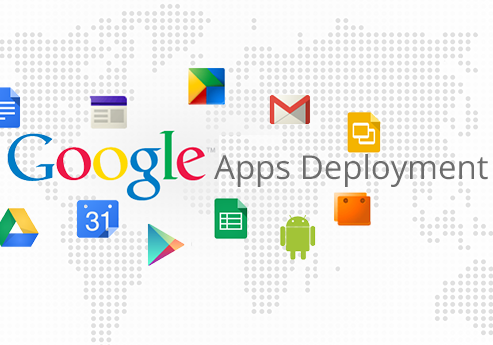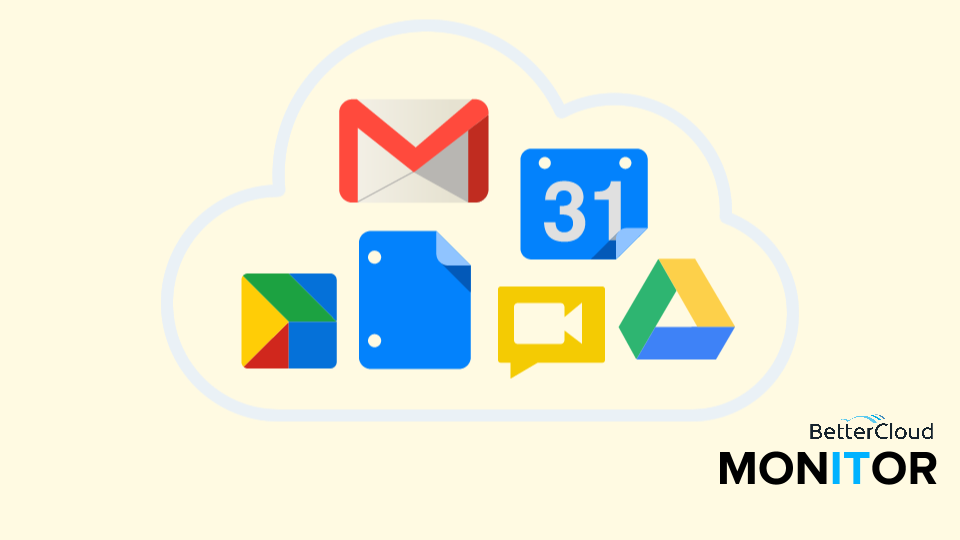Global Go Live Approach to a Google Apps Deployment
3 minute read

A Global Go Live Deployment is the most common deployment among small businesses (traditionally under 200 employees). This approach involves performing an initial migration prior to the go-live that migrates the bulk of mail up to a certain date and a delta migration immediately after the cut-over, migrating the remainder of data.
It is determined by IT policy whether 100% of the preexisting mail is migrated into the Google accounts or just a subset of mail up to a certain date. It is assumed that the initial migration is able to run to completion prior to performing the cut-over.
Once the initial migration of mail is performed and sufficient change management activities have taken place the cut-over is performed in which mail flow is redirected via the DNS MX records from the legacy server to point to Google’s servers. The delta migration is then conducted in which all the mail received after the end date of the initial migration is migrated. Performing this delta migration after mail flow has been redirected to Google prevents any gap in mail that could otherwise have been missed in the period between migration and cut-over. During this delta migration the calendar and contacts are migrated for the first and only time.
In most cases, the delta migration is relatively quick in comparison to the initial migration and can be run overnight or over a weekend. This ideally allows organizations to set a “go-live” date where users can log in and see all the data they were expecting from the legacy system has been migrated to their Google Apps accounts.
Advantages in this approach
The global go-live approach is arguably the most frictionless and efficient approach to deploying Google Apps as it seeks to populate the users account and replicate their environment prior to going live, but does so without a period of co-existence or duplicate efforts as seen in a more phased approached.
Disadvantages in this approach
The most obvious disadvantage to this approach is there is no testing in a live environment by the IT team or a chance for Early Adopters to become familiar in the environment prior to the company wide go-live. Although it has a shorter timeline than the Enterprise deployment approach, it can take significantly longer till go-live than the Greenfield and Post Go-Live deployments.
Consideration in this approach
This is a common approach for small businesses because of it’s simplicity while still reducing friction by replicating end user environments prior to go live. It is considered a “riskier” migration than the Enterprise Deployment approach in the sense that the entire organization is all brought live on the new system together without testing by the IT team in a live environment. However, a testing period may be less necessary depending on the complexity of the infrastructure and the culture of the organization. Although Early Adopters are not taken live prior to the company wide go-live, there is still sufficient time that can be built into a Global Go-Live plan to allow for sufficient training and change management activities to take place prior to the cut-over.
Though the Global Go Live approach for Google Apps deployment can be the most efficient approach, it may not be suitable for every organization, especially larger organizations. To examine the different approaches to Google Apps deployment check out our Google Apps Deployment Guide that explains the most common approaches.
This article is Part 4 of Google Gooru’s Comprehensive Guide to a Google Apps Deployment. To access the entire guide for FREE, please fill out the form located here.






